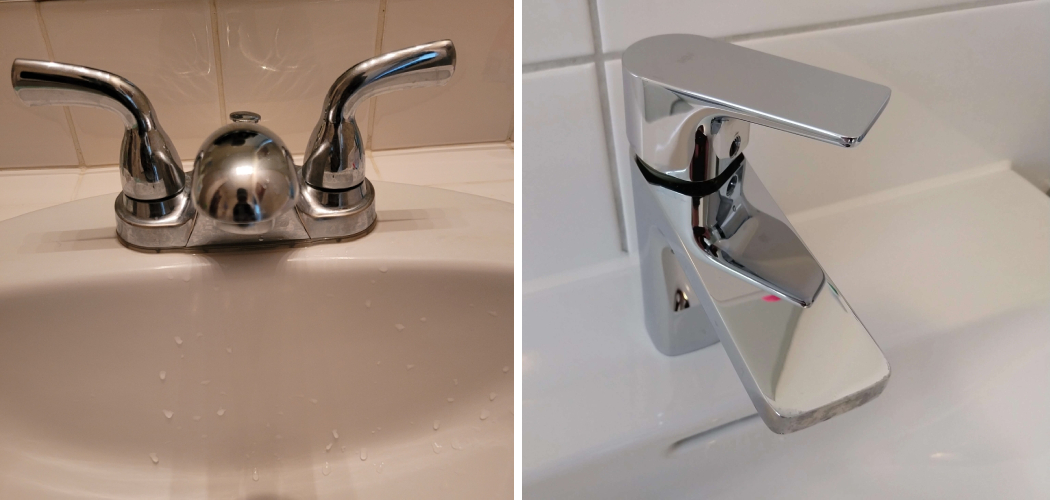If you’ve noticed a loud and annoying squeaking noise coming from one of your faucet handles, don’t despair – it’s actually quite easy to fix! A noisy handle is usually caused by something as simple as an accumulation of dirt or debris – but in some cases, metal grinding can also be the culprit.
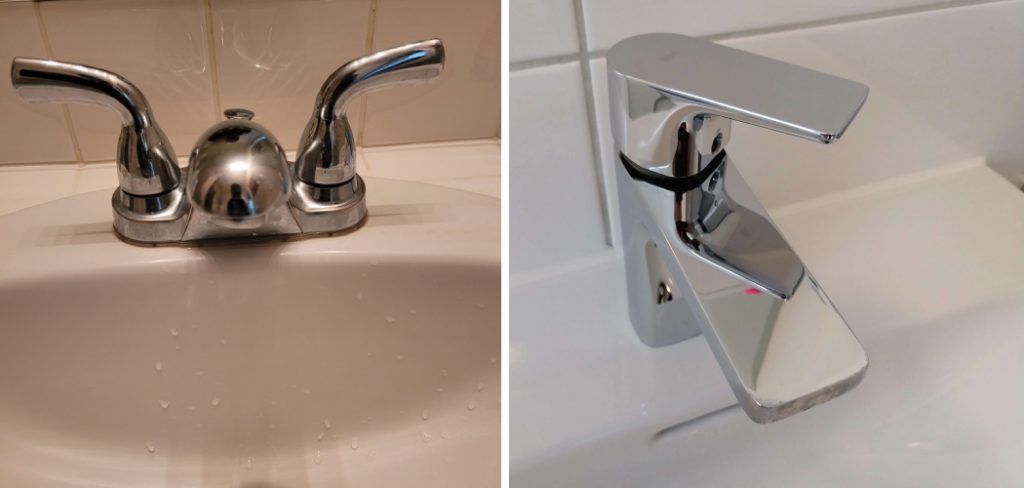
Regardless of what’s causing the issue, this guide will walk you through how to fix squeaky faucet handle so that you can get back to enjoying your plumbing system in peace and quiet.
Supplies You Will Need to Fix Squeaky Faucet Handle
- Screwdriver
- White vinegar
- Cotton swabs or cloth
- Special faucet lubricant (optional)
Step-by-step Guidelines on How to Fix Squeaky Faucet Handle
Step 1: Familiarize Yourself with the Parts
Before you start taking anything apart, it’s important to take a moment to familiarize yourself with the parts of your faucet. The handle is attached to a threaded stem that protrudes from the exterior wall of the faucet body. Turn on your water so that you can identify which part is making the noise and make sure all of the components are free from corrosion and dirt.
Step 2: Remove the Handle
Using your screwdriver, carefully loosen and remove the screws that hold the handle in place. Once you’ve done this, carefully lift off the handle itself. If the stem is still connected to the faucet body, use a pair of pliers to remove it gently. Be sure not to damage any of the parts in the process – if there’s too much resistance, you may need to invest in a specialized tool for the job.
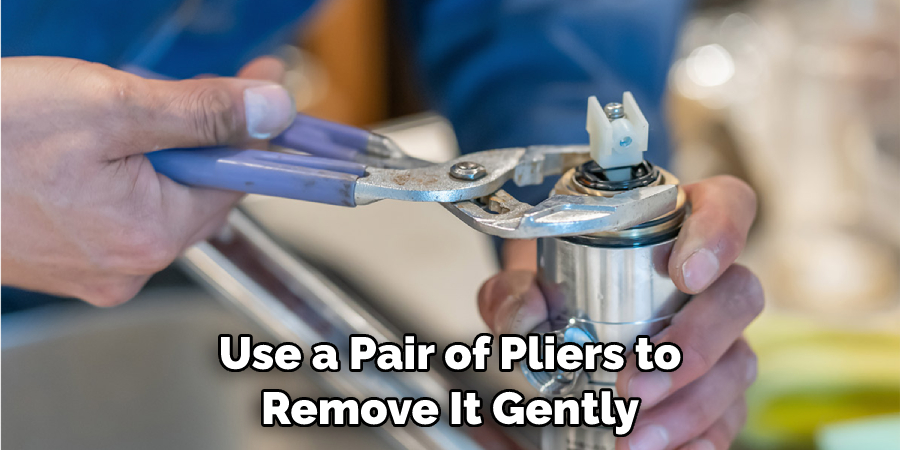
Step 3: Clean the Parts
Once you have all of the parts removed, take a few minutes to clean them with white vinegar and cotton swabs or a cloth. This will remove any dirt or debris that has accumulated over time, which could be causing the squeaking sound. If there are any corroded parts, you may need to invest in a specialized cleaning product to help remove the rust and corrosion.
Step 4: Reassemble the Parts
Once everything is clean and dry, put it all back together again. Make sure to lubricate the moving parts with a special faucet lubricant before reassembling them. This will help to reduce any future squeaking and ensure that the parts are running smoothly.
Step 5: Test Your Work
Once everything is back in place, turn on the water and test out your work. If you’ve done everything correctly, the squeaking should be gone and you can enjoy a perfectly functioning faucet again. Make sure to check the handle and stem for any signs of corrosion or dirt accumulation, as this can lead to further issues in the future.
Following these steps, you should now be able to enjoy the sound of peace and quiet coming from your faucet handle. If the squeaking persists or returns in a short amount of time, it may be a sign that there is an underlying issue with either the parts themselves or the plumbing system as a whole. In this case, it’s best to contact a plumber for further assistance.
Additional Tips and Tricks to Fix Squeaky Faucet Handle
- If the faucet handle does not respond to lubricant, try using WD-40. This product works best on metal or plastic components that have become corroded over time.
- If only a portion of the faucet handle is squeaking, you may need to remove it from the wall and manually tighten it back in place.
- As a last resort, you may want to replace the entire faucet handle with a new one. Be sure to purchase a model that is compatible with your existing faucet setup.
- If you are looking for an even lower maintenance solution, consider investing in a touchless faucet system. This will allow you to control the water flow without having to touch any handles or knobs.
- If you are experiencing leaking from the faucet handle, you may need to replace the O-ring seal. This is a relatively simple task and can be done with just a few basic tools.
- Make sure to test your repaired faucet handle periodically over time to ensure it is working properly and not developing any new issues.
- If you are having difficulty with the repair, consider hiring a professional plumber to do the work for you. They will be able to diagnose and fix any problems quickly and safely.
- Finally, take some time to familiarize yourself with your faucet’s manual before attempting any repairs or replacements. This will help ensure that you do not accidentally void any warranties or damage the faucet in any way.
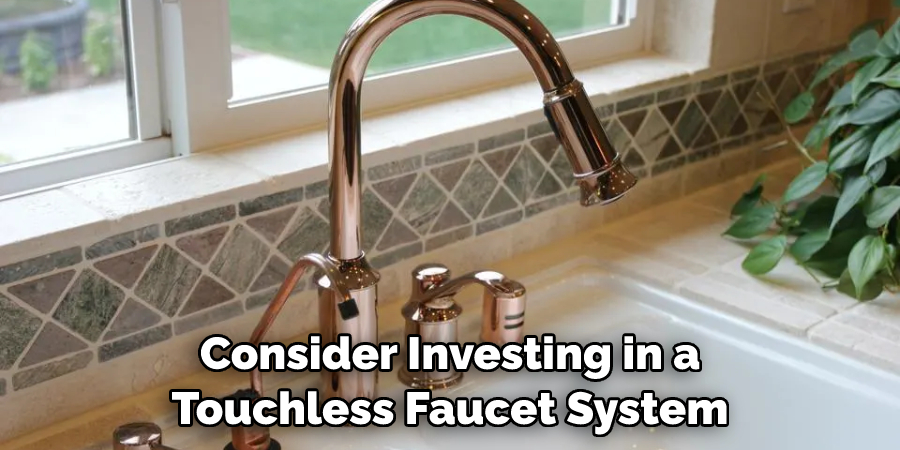
By following these tips and tricks, you should be able to quickly and easily fix any squeaky faucet handle. Good luck!
Things You Should Consider to Fix Squeaky Faucet Handle
- Identify the problem first. It is important to know what kind of faucet handle you are dealing with as different models may require different methods to fix them.
- Check the screws of the handle and make sure they are tight enough. You can use an Allen wrench or a screwdriver to tighten them, if necessary.
- Lubricate the area around the handle. Applying a lubricant like petroleum jelly or silicone oil on the faucet handle and its parts can help reduce the squeaking noise.
- Replace worn-out parts. If some of the components of your faucet handle are damaged, you may need to replace them with new ones.
- Clean out any debris or dirt build-up. Even the smallest dirt particles can cause squeaking problems, so it is important to keep your faucet handle clean and free from any debris or dirt.
- Inspect other parts of the faucet. If you still hear a squeaking noise after trying all of these steps, check if there are any loose parts in other places such as the spout or the water lines.
- Call a professional plumber if necessary. If the problem persists, it is best to call a professional plumber who can help you fix your faucet handle properly.
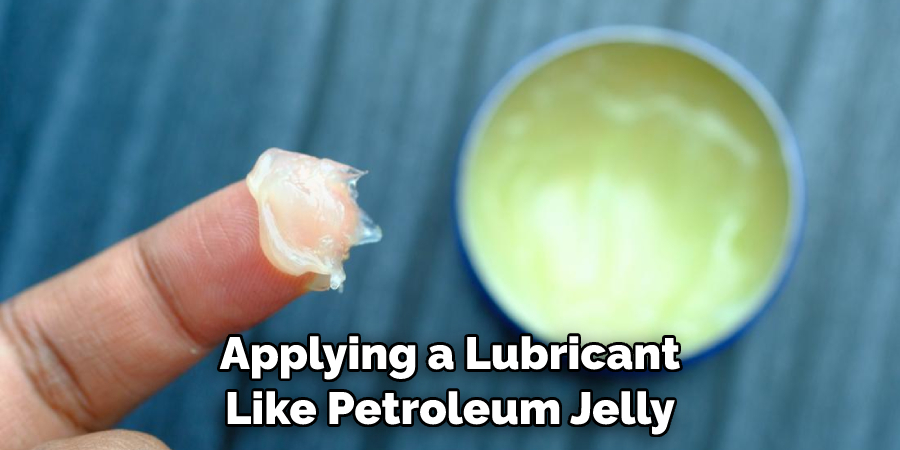
Following these considerations will help you fix your squeaky faucet handle quickly and efficiently. By doing so, you can prevent any more damage to your faucet handle and other components of the plumbing system. Plus, having a functioning, non-squeaky faucet is a great way to improve the overall aesthetic of your kitchen or bathroom.
Frequently Asked Questions
How Often Should I Lubricate the Faucet Handle?
You should lubricate your faucet handle every 6 months or as needed. A light coating of WD-40, silicone spray, or vegetable oil can help keep the parts moving smoothly and reduce future squeaking noises. Always make sure to follow the directions on the bottle of lubricant carefully, and do not use too much. Applying too much lubricant can cause a buildup that can attract dirt and dust.
Can I Fix a Squeaky Faucet Handle Myself?
Yes! Most faucet handle squeaking is caused by worn or corroded parts that need to be replaced. This can be done easily with a few common tools and a little bit of time. It is important to make sure you have the right parts for your specific faucet handle before attempting any repairs.
Is It Necessary to Turn Off the Water Supply?
Yes, it is very important to turn off the water supply before performing any repairs on a faucet handle. This will ensure that you do not cause any water damage or flooding while replacing the parts. You can usually turn off the water supply via a shut-off valve located near the faucet handle.
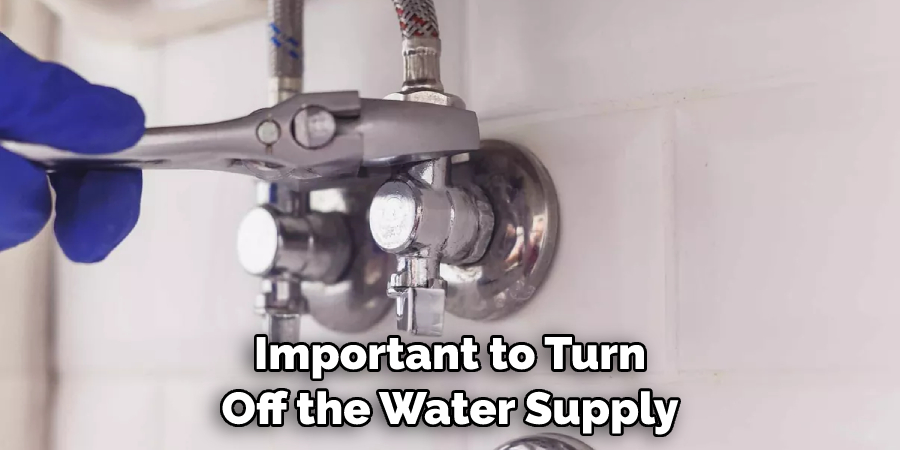
What Are Some Common Problems With Faucet Handles?
Common problems with faucet handles include worn-out gaskets, corroded parts, and loose screws. If your handle is leaking or dripping, this could be a sign of a more serious issue such as corroded pipes or a cracked faucet body. It is always best to take the time and inspect the faucet handle thoroughly before attempting any repairs.
How Can I Prevent Squeaking In The Future?
In addition to lubricating your faucet handle every 6 months, there are other preventative measures you can take to reduce squeaking in the future.
Make sure that all parts such as gaskets and screws are tightened securely and regularly inspect for signs of corrosion or wear. If you notice any parts that need to be replaced, make sure to do so immediately. Taking these preventative measures can help you avoid costly repairs.
Conclusion
Now you know how to fix squeaky faucet handle and how to prevent it from happening in the future. Taking these steps can help you save time and money while keeping your faucet handle functioning properly. If you have any questions or need additional assistance, contact a professional plumber or handyman for help. With a few simple repairs and some regular maintenance, your faucet handle will be working great again in no time. Happy fixing!

